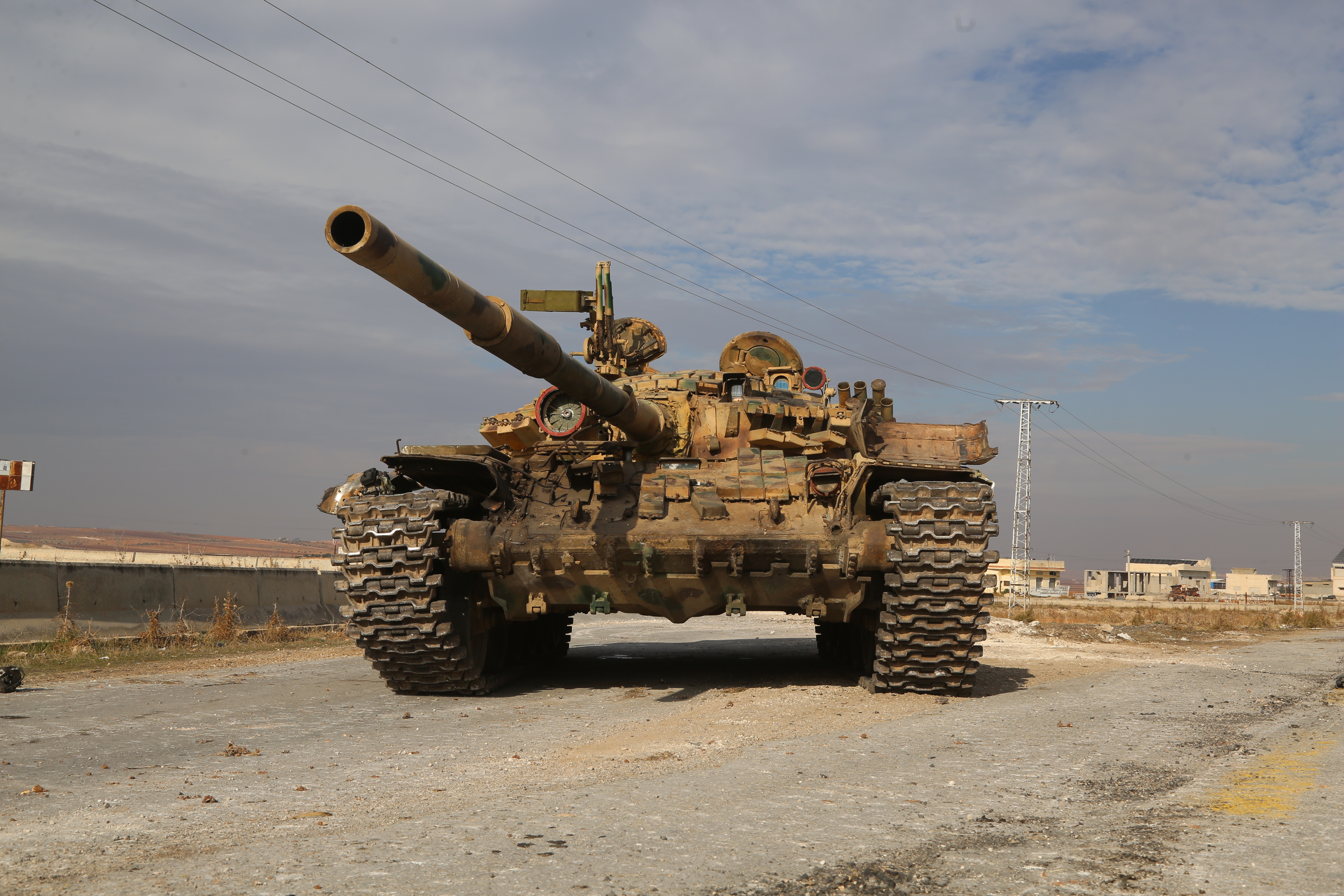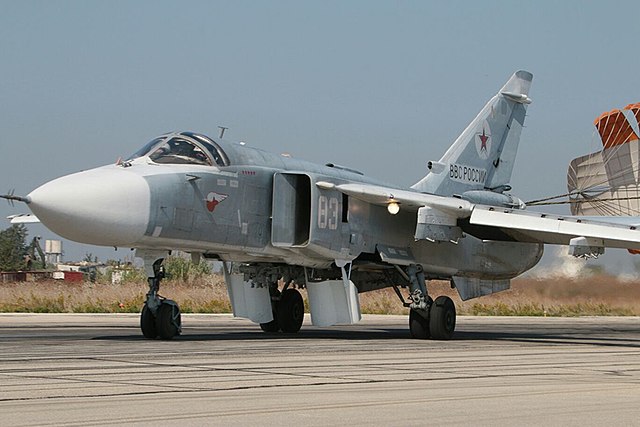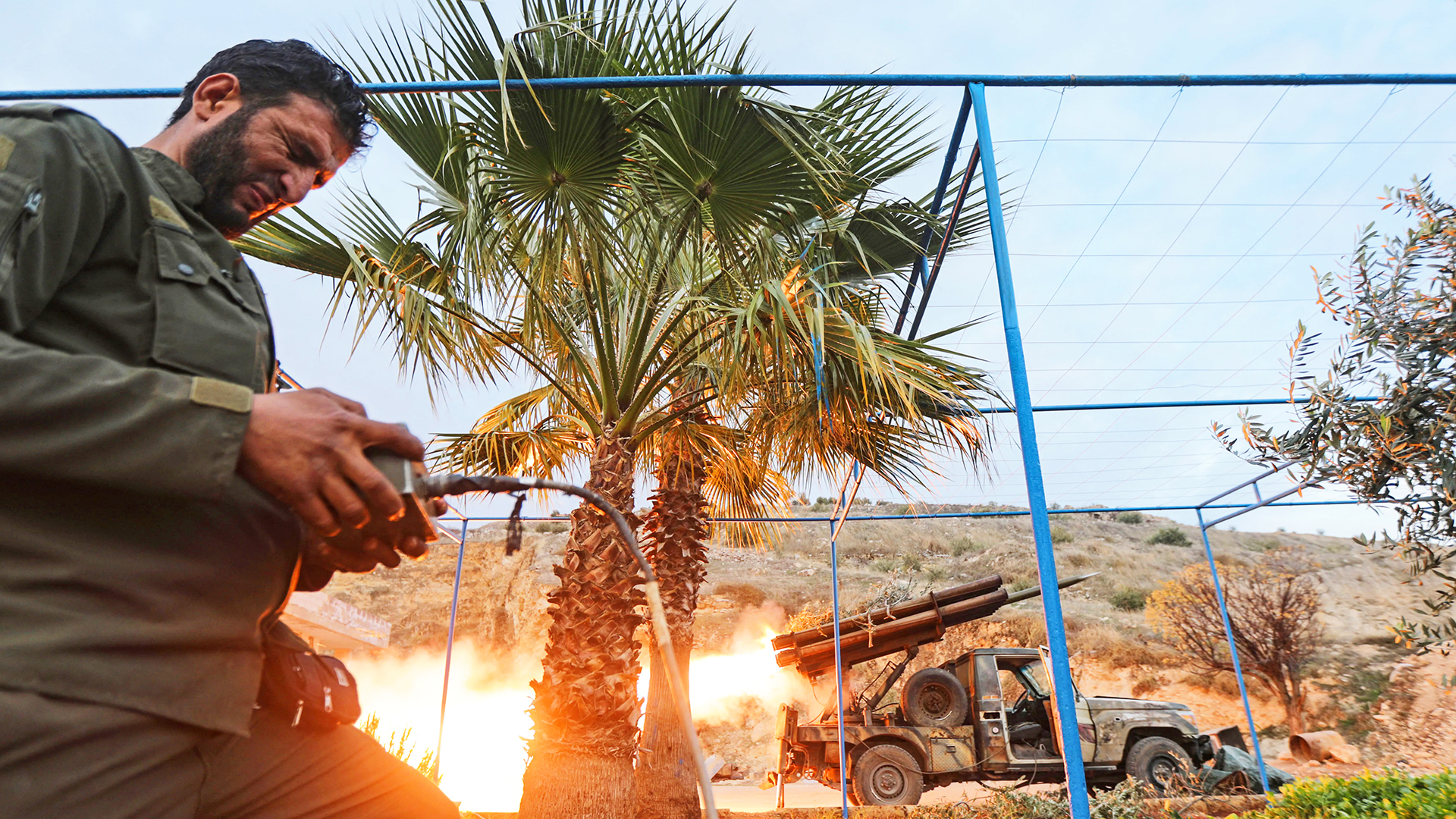In the latest major development in the conflict in Syria, anti-regime rebels have taken control of the key central city of Hama. The city was seized despite a major regime counteroffensive and after “fierce battles” between Assad’s forces and rebels in northern Hama province. These were accompanied by “joint Syrian-Russian” airstrikes, according to Syria’s state news agency Sana.
In only a week, the rebels have taken huge swaths of territory in the northeast, leaving real questions about the future of Syrian leader Bashar al-Assad. His rule has previously been shored up by Russia, which is now very much concerned with the war in Ukraine, while further support has come from Iran and its top proxy, Hezbollah, now deeply degraded after a months-long direct fight with Israel. This equates to a vastly different set of circumstances for Assad than in the past, with external military resources being far more limited than they were the mid-to-late 2010s.
The head of the Islamist rebel group Hayat Tahrir al-Sham (HTS), Abu Mohammad al-Jolani, today published a video declaring that Hama had been captured. “This victory will be without revenge and merciful,” al-Jolani said, in a message to the people of the city.
According to reports, rebels led by the HTS entered the city from the east today, after having surrounded it during five days of fighting with regime forces.
Videos posted to social media suggested that the insurgents had captured the military air base on the outskirts of Hama. Footage shows several MiG-23 Flogger fighters and a long-inactive Il-28 Beagle bomber. It’s unclear if any of the aircraft here were still active, but there are reports that serviceable aircraft had already been moved from the base last month.
Other videos showed the apparent release of prisoners who had been held in a state detention facility in the city, some of them having been captive for more than a decade.
Initially, the Syrian Ministry of Defense claimed that its defensive lines around Hama were “impregnable.”
However, as of yesterday, the U.K.-based Syrian Observatory for Human Rights (SOHR) information office confirmed that rebels had encircled Hama “from three sides.” The government forces’ hold on the city was already looking flimsy, despite having launched a counteroffensive to retain control there.
The SOHR added that the rebels had advanced to “a distance of three to four kilometers” (1.9 to 2.5 miles) from the city by Wednesday. The result was that Syrian government forces were “left with only one exit towards Homs to the south.”
According to the SOHR, regime forces had brought “large military convoys to Hama” and its outskirts in the previous 24 hours. These included “dozens of trucks” loaded with tanks, weapons, ammunition, and soldiers. Meanwhile, “regime forces and pro-government fighters led by Russian and Iranian officers” repelled an attack northwest of Hama.
Finally, as rebels got closer to the city center, the Syrian Army admitted it had withdrawn, redeploying its forces “to preserve the lives of civilians and not to involve the people of Hama city in these battles.”
Videos published on social media show fierce fighting in areas said to be around the city.
The rebels taking control of Hama is significant on its own, having been a regime stronghold since the start of the Syrian Civil War in 2011. In that year, there was a major anti-Assad uprising in the city, followed by fierce battles in which the opposition fighters were eventually defeated by regime forces.
It is also the second major city to fall to the rebels since they launched their latest offensive, after Aleppo, Syria’s second biggest population center.
At the same time, Hama is in a highly strategic location, a stronghold from which Assad’s forces are better able to defend the capital, Damascus, located to the south. Hama is situated on the main highway that runs down the western side of Syria toward the capital.

If the rebels can retain control of Hama, and cut west towards the coast, this threatens to cut off the main Russian bases in Syria — Khmeimim Air Base in Latakia and the sprawling naval facility in the port of Tartus — from the rest of the country.
Were that to happen, it would seriously compromise Russia’s ability to support Assad militarily, as well as deprive it of its only such facilities in the Mediterranean. This is a possibility that TWZ has also recently explored.
On the other hand, there are questions about the ability of the rebels to hold onto the territory that they have very rapidly taken and a race to Damascus may be their top objective. There have been reports from Syrian state media that the rebels are already using drones to attack targets in Damascus, including the Republican Palace, an Assad residence.
Despite a reputation for being well organized, the speed of the advance means that HTS forces are being spread more thinly, leaving them more vulnerable to regime counterattacks. Beyond that, there is the question of the degree to which HTS will be able to reliably govern territory in its hands, especially over the longer term.
Over and above this, there are broader questions about how other key strategic players will respond to the latest developments.
As noted earlier, Assad’s grip on power has been reinforced heavily by Russia and Iran — including via the latter’s proxy, Hezbollah. Moscow, of course, is very much preoccupied with the conflict in Ukraine. Already, Russia is not able to offer Syria anywhere near the same kind of air support that it did earlier in the conflict, which it joined in 2015. The capacity to provide persistent airpower was a critical factor in turning the tide of the conflict in Assad’s favor.

For its part, Hezbollah has been seriously degraded by Israeli actions in Lebanon, although Iran still has more capacity to bolster the Assad regime. But even Iran is in a more precarious position as it needs to stabilize Hezbollah while also providing for the Houthis’ anti-ship campaign in and around the Red Sea.
Meanwhile, Turkey, which has backed the anti-Assad opposition, also has a major stake in what happens next, with its primary aim being to bring down the Kurdish Autonomous Administration of North and East Syria, controlled by an offshoot of Ankara’s sworn enemy, the Kurdistan Workers’ Party (PKK). Moscow says that it is in “close contact” with both Ankara and Tehran over the conflict in Syria.
The Kremlin spokesperson, Dmitry Peskov, added that Moscow was “closely monitoring” events in Syria. “Depending on the assessment of the situation, we will be able to talk about the degree of assistance that is needed by the Syrian authorities to cope with the militants and eliminate this threat,” he said.
Despite their successes, it’s also notable that the rebels now seem to be running into much stiffer resistance than they were only a few days ago.
The fall of Aleppo four days ago was especially dramatic, as it had never been entirely out of government control since the start of the civil war. Since then, however, there have been reports of much tougher fighting, with the regime forces putting up particularly tough resistance around Hama.
According to the Sana news agency, Assad offered a 50% raise in career soldiers’ pay as an incentive, with the Hama counteroffensive in mind.
Clearly, this gesture wasn’t enough, but it is a measure of the desperation of the regime and a suggestion that, for the first time in years, Assad’s grip on power across Syria might be slipping.
Contact the author: thomas@thewarzone.com
